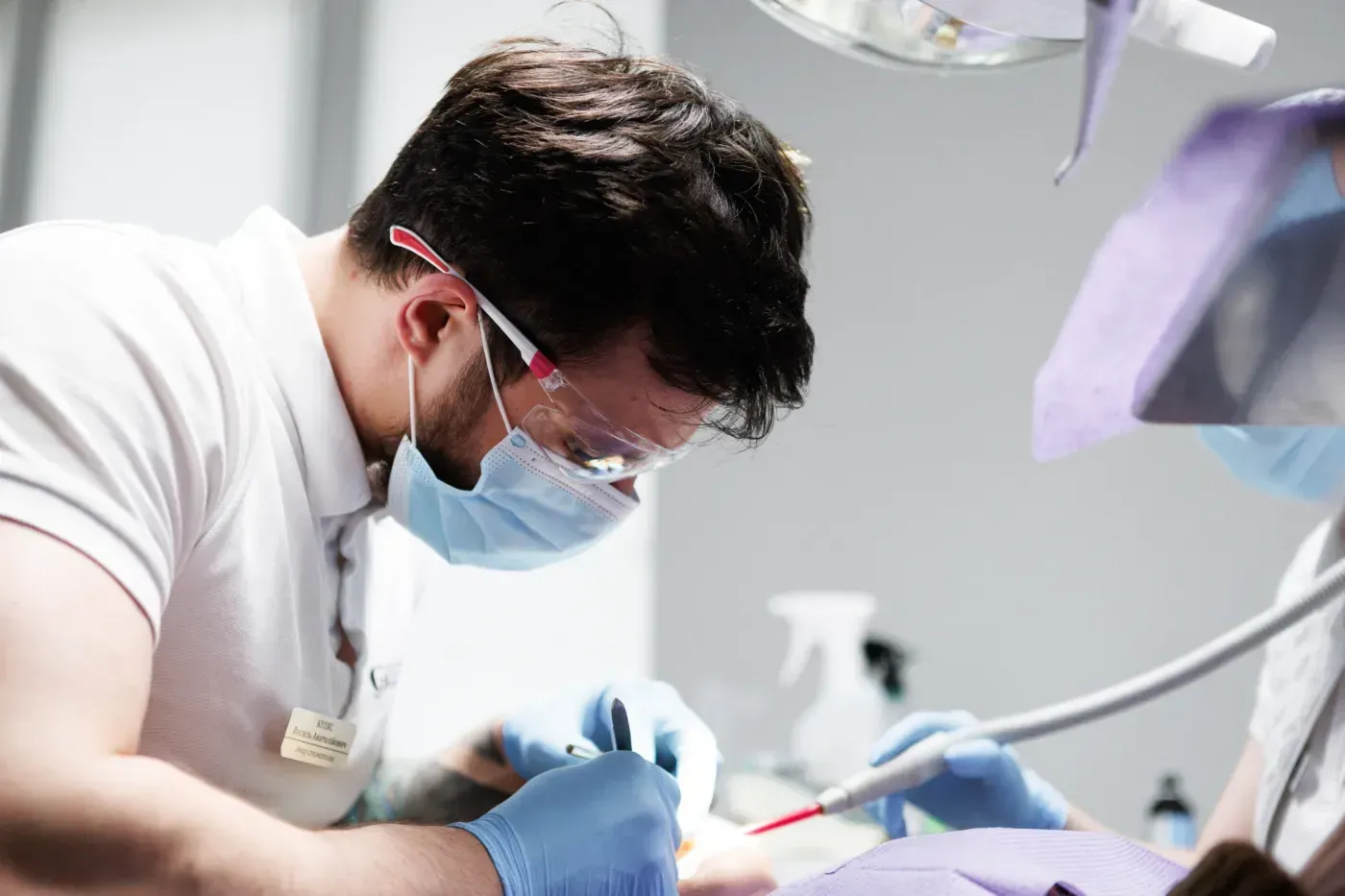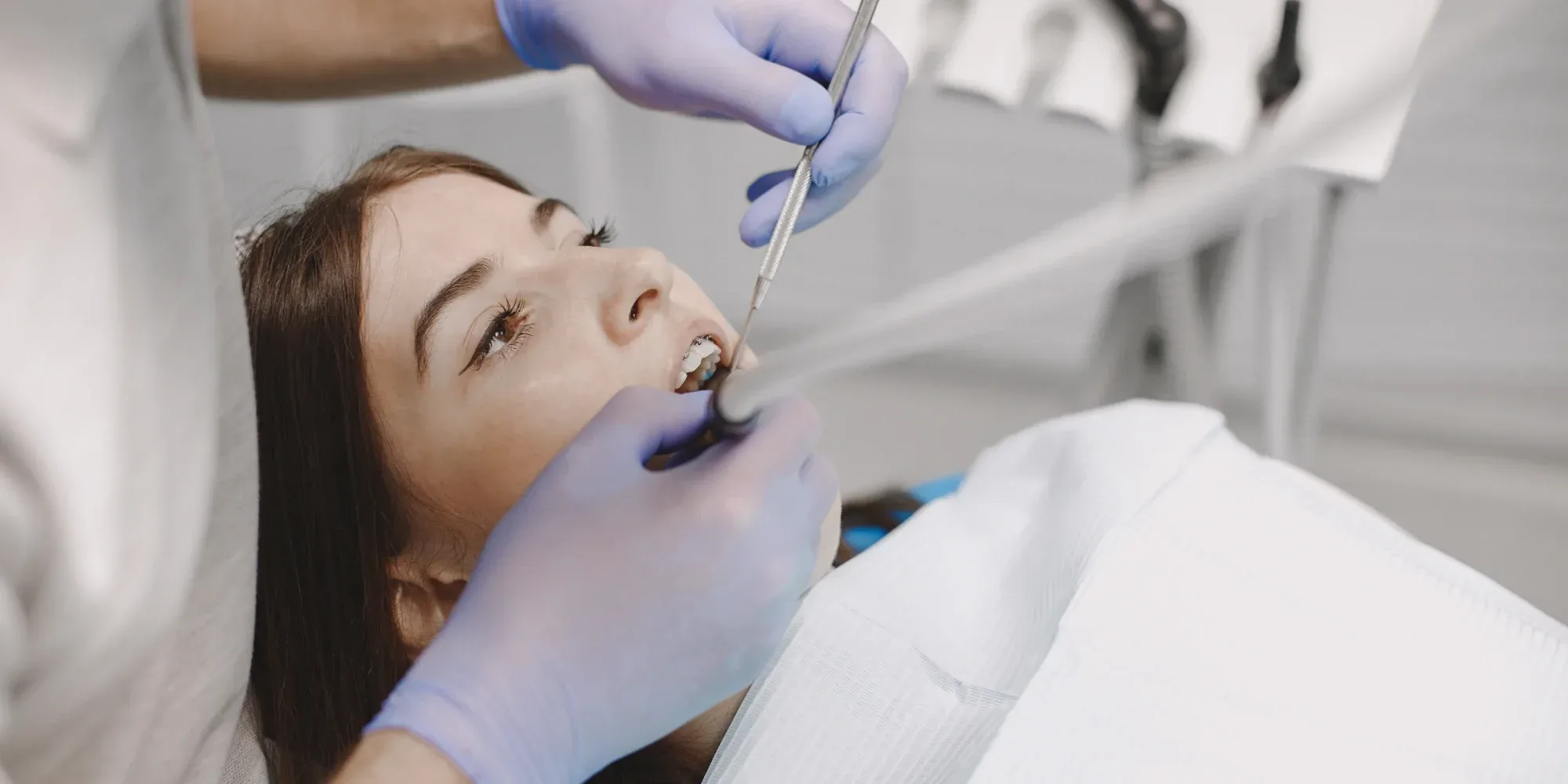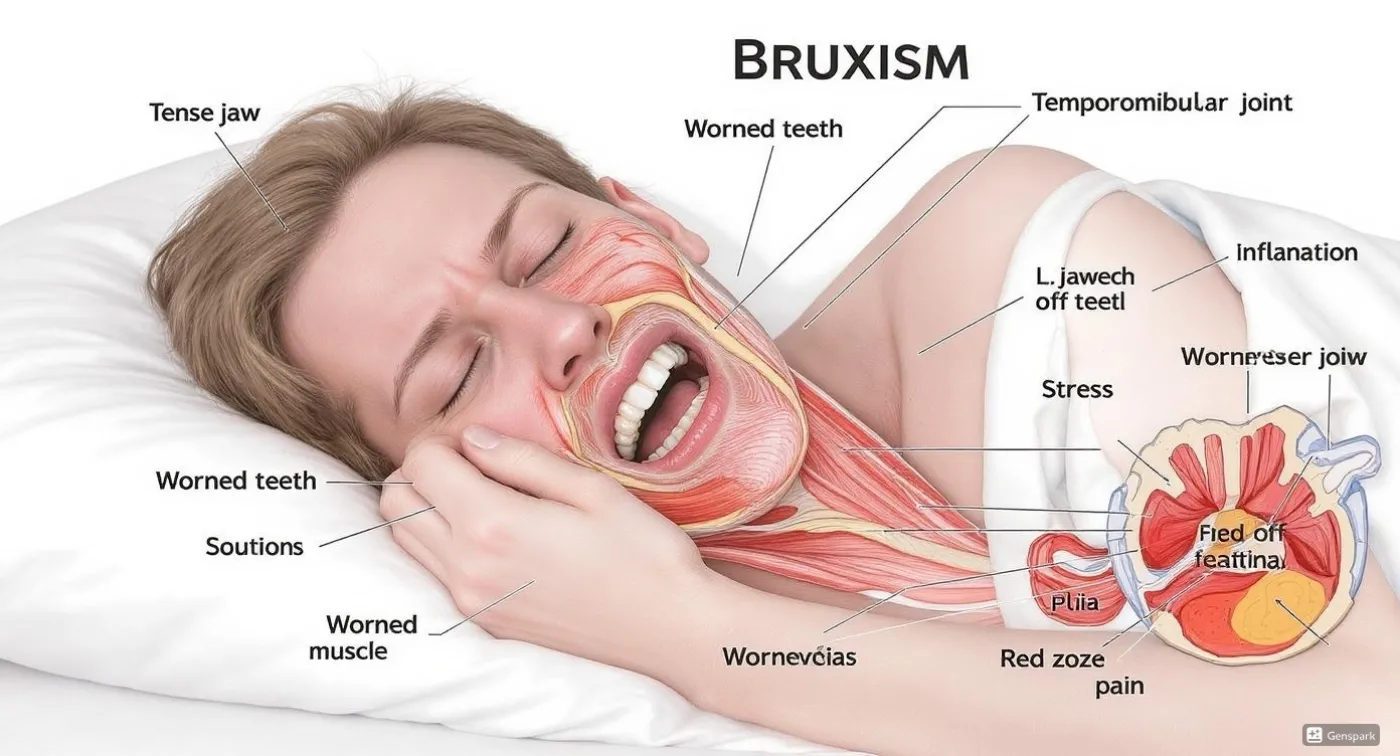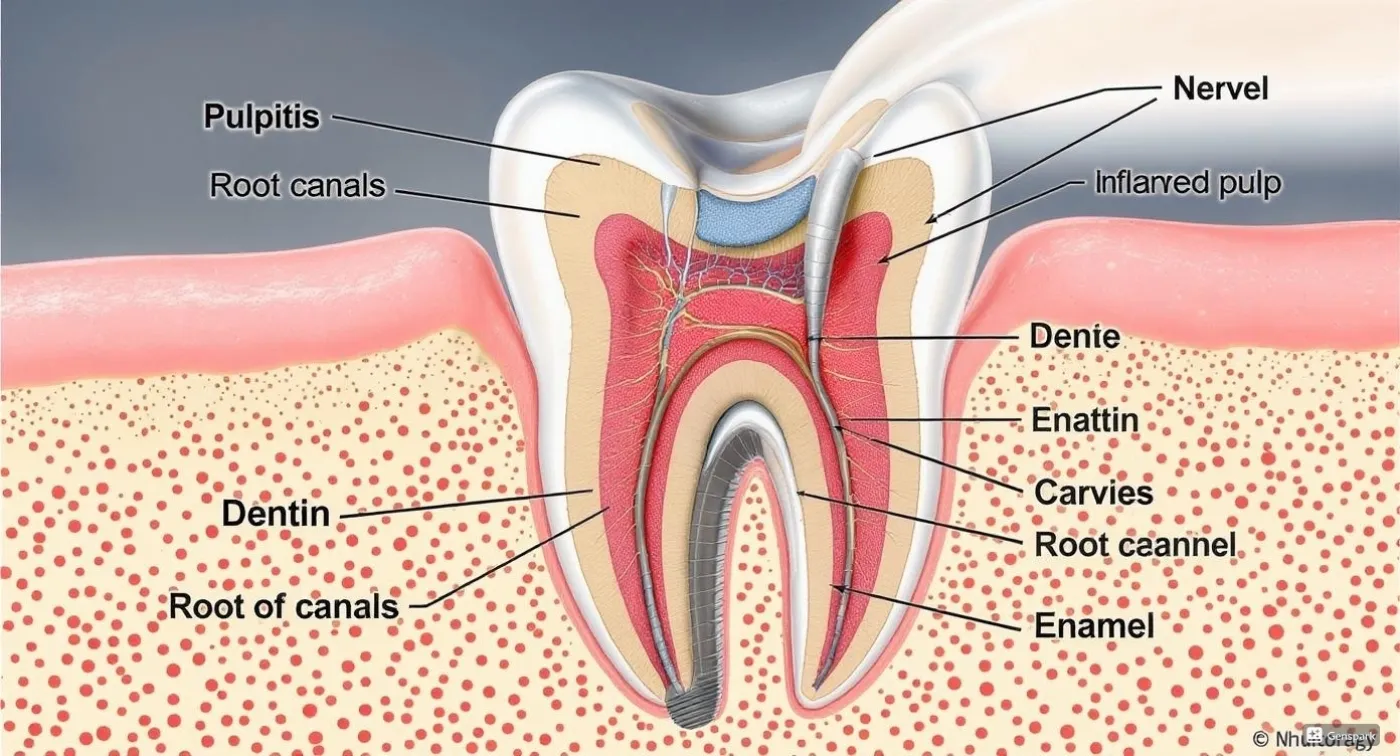Aesthetic tooth restoration is a dental approach that combines the restoration of tooth functionality with the enhancement of their appearance, using advanced technologies and the artistic skill of the dentist.

Aesthetic tooth restoration.
Tooth enamel is the hardest tissue in the body. Yet, this strong material is affected by components of food and liquids, mechanical damage, and cariogenic bacteria. Spots, cracks, chips, and sometimes even destruction appear, affecting not only the color and shape but also the function of the tooth. The appearance of teeth is no less important since a smile is a person’s business card.
With the help of aesthetic restoration, a dentist can restore the aesthetic appeal, recover full tooth function, and relieve the patient from discomfort.
Why is it called "aesthetic"?
The very concept of restoration implies the principle of restoring the structure and functional state, meaning the restored tooth should not differ from the natural one. Any defect in color or shape during a smile can attract unwanted attention at the most inconvenient moment. To prevent this, the dentist acts like an artist, which requires a high level of practical skills and fundamental knowledge. Spots, chips, cracks, and gaps — all these can be eliminated with the help of a specialist.

There is also another, darker side.
Quite often, patients, with the help of some doctors (for example, for the purpose of saving money), do not give key importance to function, especially when it comes to the posterior teeth — and they perform restorations with a "flattened filling," neglecting the construction of supporting and guiding cusps, and first-order fissures. Over time, this inevitably leads to the development of destructive processes in the joint and negative changes in the dentoalveolar apparatus as a whole.
Remember that nature creates nothing without reason, and everything has its causes and consequences.
The very concept of restoration is based on the principle of restoring structure and functional state, meaning the restored tooth should not differ from the natural one. Any defect in color or shape during a smile can attract attention at the most inconvenient moment. To prevent this, the dentist acts as an artist, and this requires a high level of practical skills and fundamental knowledge. Spots, chips, cracks, and gaps — all of these can be eliminated with the help of a specialist.
Types
- Direct restoration – the entire process from start to finish is performed directly on the patient’s tooth surface by the specialist, who restores, builds up, corrects, grinds, and polishes the tooth manually using modern light-cured composite materials and the necessary instruments.
- Indirect restoration – restoration using prosthetic constructions such as crowns, ceramic overlays, and highly aesthetic veneers.
This requires close cooperation between the patient, the doctor, and the dental technician.
Conclusion
Small defects, chips, and changes in color and shape can be corrected through direct restoration. However, it is important to understand that this type requires regular care, adjustments, some dietary restrictions, and, most importantly, the patient’s good oral hygiene maintenance, as with the indirect method.
For large defects of teeth, dental arches, or extensive aesthetic and shape correction, we employ indirect restorations. The main advantage is strength, close to that of natural tooth enamel, resistance to discoloration over time, and long-term durability.
- Direct restoration – the entire process from start to finish is performed directly on the patient’s tooth surface by the specialist, who restores and polishes manually using modern light-cured composite materials and the necessary instruments.
- Indirect restoration – restoration using prosthetic constructions such as crowns, ceramic overlays, and highly aesthetic veneers.
- This requires close cooperation between the patient, the doctor, and the dental technician.
Thanks to our specialists, the use of modern materials and technologies, as well as working with magnification, we can ensure excellent results in this area of dentistry. However, this process becomes more complex without the patient’s willingness and motivation.
Request a call
We will contact you to schedule a convenient time for your consultation and connect you with the right specialist
More articles
We have gathered all the most interesting posts from our specialist doctors in our blog just for you
Dental Treatment During Pregnancy: Myths and Facts

Bruxism (Teeth Grinding) and How to Get Rid of It Forever


Request a call
We’ll get back to you shortly!

Leave a Review
Your feedback means a lot to us!




